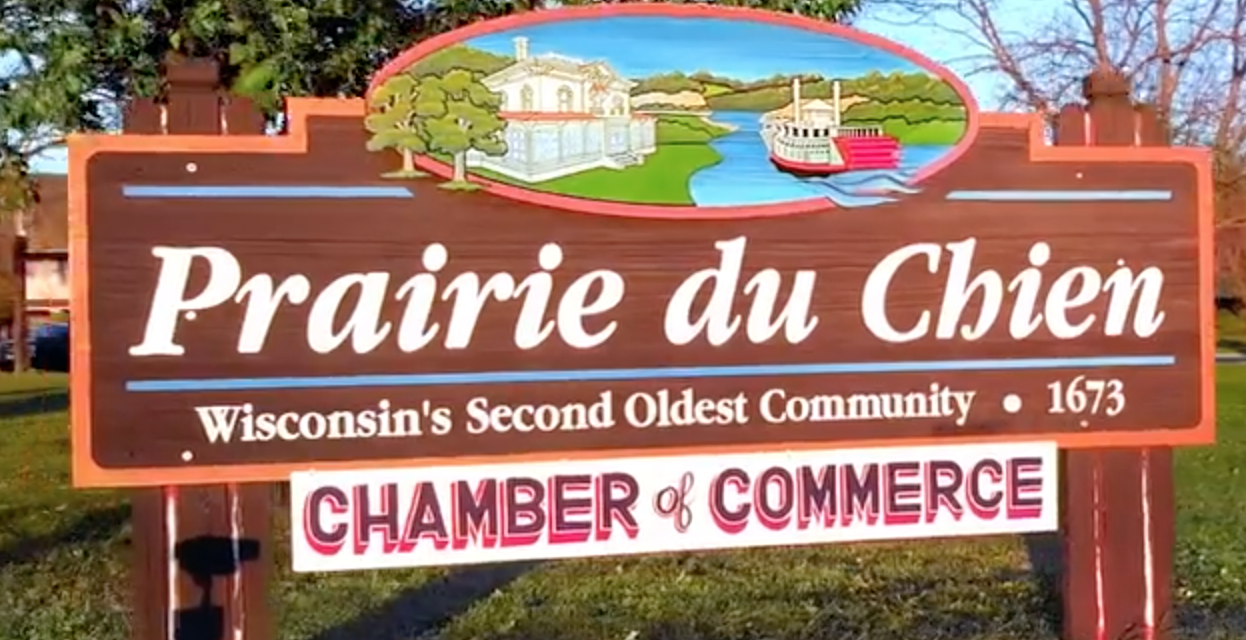Prairie du Chien is a city in Crawford County with a rich and interesting history that dates back centuries. The area was initially explored by French adventurers Jacques Marquette and Louis Joliet on June 17, 1673. Their expedition led them to discover a path to the Mississippi River, opening up travel routes between Canada and the Mississippi through Prairie du Chien. In 1685, Nicolas Perrot, another French explorer, established a trading post in the region as part of the thriving French fur trade industry. This marked the beginning of Prairie du Chien’s significance as a strategic location for trade and exploration.
After Great Britain’s victory over France in the French and Indian War in 1763, Prairie du Chien came under British control. Throughout the American Revolutionary War, the city served as a strategic meeting point for British forces and their Native American allies. Following the war, the Treaty of Paris awarded the area to the United States, marking a new chapter in Prairie du Chien’s history.
The early 19th century saw the construction of Fort Shelby in 1814 to defend against potential British incursions from Canada. This was followed by the establishment of Fort Crawford in 1816 after the Siege of Prairie du Chien. Fort Crawford played a pivotal role in the Treaties of Prairie du Chien in 1825 and 1830, during which the Fox and Sauk tribes relinquished lands to the U.S. Army. The fort also became a site of groundbreaking medical research when Dr. William Beaumont conducted experiments on digestion there in 1829.
During the Black Hawk War of 1832, Fort Crawford was a crucial military outpost, with Colonel Zachary Taylor and Lieutenant Jefferson Davis stationed there. This period of conflict highlighted the strategic importance of Prairie du Chien as a military stronghold in the region.
As the fur trade declined in the mid-19th century, Prairie du Chien underwent a transformation, shifting its focus to agriculture and the railroad industry. The city was connected to the Milwaukee & Mississippi Railroad in 1857, further enhancing its position as a transportation hub. The construction of the Pile-Pontoon Railroad Bridge across the Mississippi River in 1874 facilitated greater trade and commerce in the area.
Prairie du Chien also saw the establishment of two Catholic boarding schools during this period, reflecting the growing diversity of its population. The city’s economic growth and cultural development were further bolstered by its incorporation as the Borough of Prairie des Chiens in 1821, followed by its designation as the Town of St. Anthony in 1828.
Throughout its history, Prairie du Chien has been shaped by the convergence of different cultures and influences, from Native American traditions to European exploration and settlement. The city’s strategic location at the confluence of the Mississippi and Wisconsin Rivers has made it a crossroads of commerce and communication, attracting settlers and traders from far and wide.
Today, Prairie du Chien continues to preserve its rich historical heritage through landmarks such as Fort Crawford and the Villa Louis historic site. These sites offer visitors a glimpse into the city’s past and the key role it played in shaping the history of the Midwest.
The history of Prairie du Chien is a testament to the adaptability of its inhabitants in the face of changing circumstances. From its origins as a French trading post to its evolution into a thriving agricultural and industrial center, Prairie du Chien has remained a vital hub of activity and innovation throughout the centuries.
For more information on area attractions and events during May 1 – October 31, call 608-326-2241. From November 1 – April 30, contact the Chamber of Commerce at 608-326-8555.
















